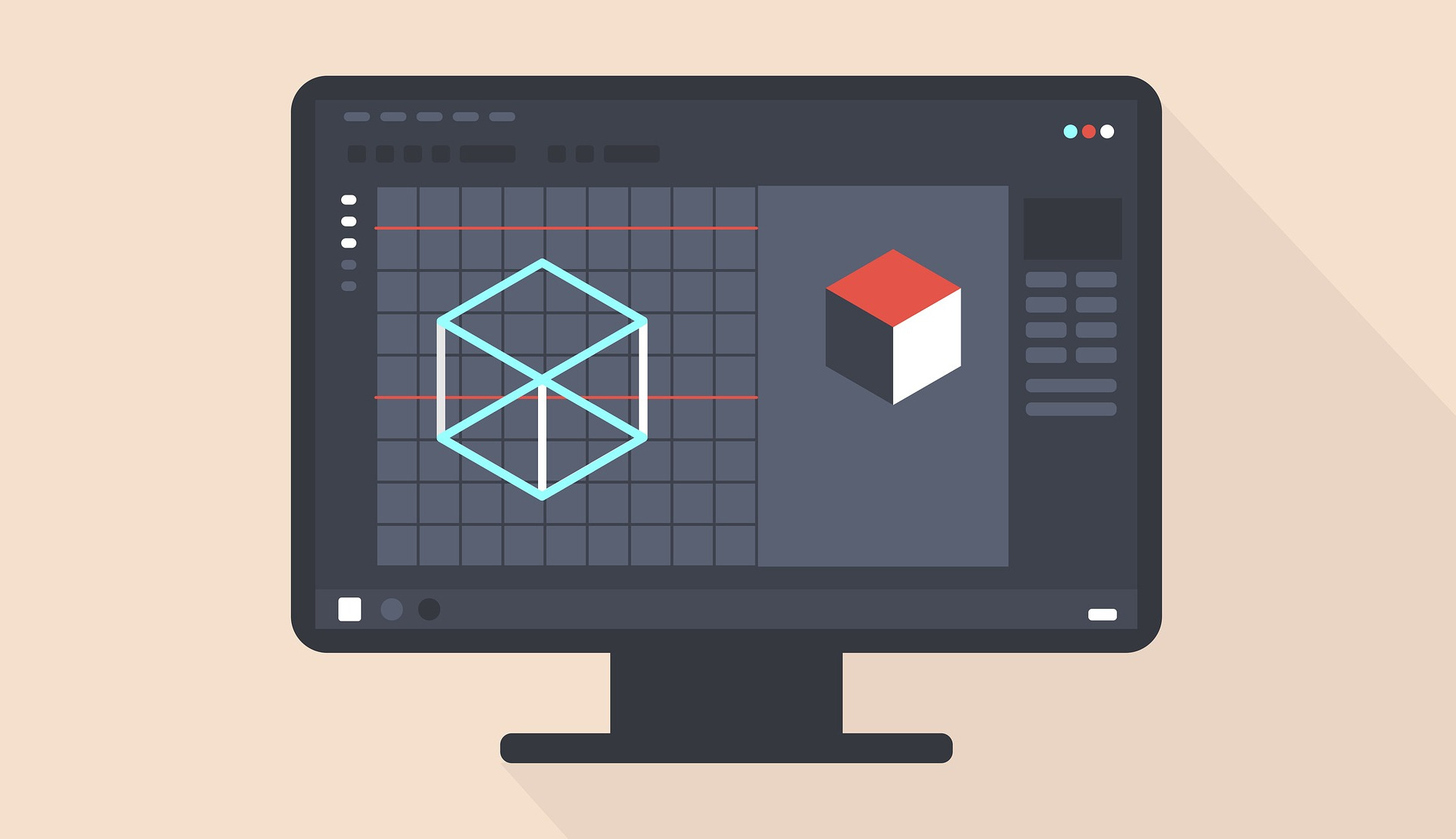What types of matchmovings you should know.
Matchmoving is the process of tracking one or more features in a piece of video in a specific time period. This technique is very useful and is the first step to almost any motion design and any visual effects recording with film footage. Matchmoving can be useful when visualizing a 3D configurator. MatchBut as with any other facet of motion graphics, VFX and animation, matchmoving is a huge field in which entire industries have specialized. The tools and techniques available to turn new assets into live-action material are very diverse. That’s why it’s not easy to find the right way.

There are 3 main types of match moving.
2D Matchmoving software treats your material as a “flat”, i.e. the tracker cannot perceive the depth in the image and therefore does his best to track position, scaling and rotation. Since we are not worried about calculating the depth, 2D matchmoving is generally a very fast process. Moreover, despite the lack of depth information, it is not uncommon that 2D matchmoving techniques are used to create an illusion of depth by tracking multiple 2D points in an image and using them to transform or warp another 2D asset.
3D Matchmoving, on the other hand, is the process of creating a virtual 3D camera in your scene that moves just like your real camera when you took your footage. The software does this by tracking hundreds of points in its shot at once and using techniques quite similar to 2D matchmoving. The software makes it possible to virtually restore an estimate of the depth in the shots.
It’s rarely as fast or as easy as 2D matchmoving and getting it right in a complex shot requires a lot of planning if you want to record your scene, including placing tracking markers on your set during recording. But even if it’s sometimes painful, this is an indispensable tool if you want to assemble your motion graphics or animations into live action material.
Motion Capture (or Performance Capture) is similar to 3D Matchmoving because you measure many of an object’s characteristics and combine them over time. In this case, however, we don’t care what the camera does – we try to record a performance.
So Andy Serkis becomes Gollum in Lord of the Rings. From the feet to the facial expression, everything is recorded with sensors on the body, observed with several strategically placed cameras and can then be subsequently applied to a 3D model. The same technology can also be extended to support 3D matchmoving. With the increasing use of high-end sensors on cameras and props, data on the position and movement of these objects can be recorded and synchronized with live action material, enabling tons of computer-tipped guessing and potentially high levels of accuracy.
Whether it’s to quickly give an illustration of a cat to its superiors or to accurately reproduce a detailed facial expression on a sophisticated 3D model, matchmoving in all its forms is an essential tool in the Motion Designer’s toolbox. Your goal may be a seamless blend with existing footage or a stylish and organic look without footage, but in both cases it’s worth getting to know your matchmoving software on a first-name basis.
Thank you very much for your visit.